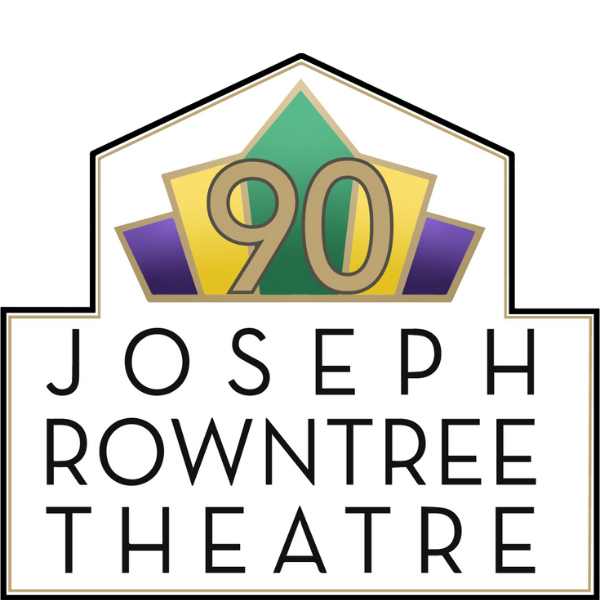

Seebohm's Influence on the arts
posted 08 Jul 2021Seebohm's impact on the welfare state and fair working conditions have been well documented over the years. However, his personal involvement in theatre is not as widely know.
Saviour of York Theatre Royal in 1930s
Seebohm Rowntree is significant in terms of the continuation and viability of the Theatre Royal in York and the creation of the body that runs it, the York Citizens’ Theatre Trust. In 1930 and again in 1934, he was a leading member of the two rescue squads which came to the aid of the York Theatre Royal’s then lessee, Percy Hutchison, the Edwardian leading man and, by then, theatre manager. Hutchison had financial problems managing the theatre and eventually failed through bankruptcy.
As a result, Seebohm also became the founder chairman of the Board of Directors of York Citizens’ Theatre Ltd and its swift successor, a non-profit-distributing Trust. The latter was almost certainly his idea. That Trust still runs the company leasing the Theatre Royal from its owners today.
Creation of the Joseph Rowntree Theatre in 1935
As the chairman of Rowntree and Company, Seebohm was responsible for the building of a completely new theatre, the one that we know today as the Joseph Rowntree Theatre, named after his father. Opened in 1935, it can claim to be unique, in being the only purpose-built proscenium theatre in the world founded and supported by a Quaker family. It was provided chiefly but not solely for Rowntrees’ factory workers and their families, along with a whole range of other social, cultural, educational and sporting provision.
At its inception, it incorporated many of the most modern technical elements of its time, for instance in terms of sound and lighting. It was also built with a flying tower, the space above the stage in which scenery is hung on ropes, and the counterweight system of control here is itself unusual and again possibly unique, having been designed and constructed by Rowntree engineers more used to working in manufacturing chocolate and sweets.
With few changes and alterations, the Joseph Rowntree Theatre remains a recognisably typical art deco building, still providing similar artistic opportunities for a wide selection of local community groups and audiences.
Theatre Nationally
On the strengths of his experiences in York and his willingness to publicise them, Seebohm became influential as a founder member and later President of The Council of Repertory Theatres (CORT), a voluntary association of sixteen repertory theatres in England in the 1930s and 1940s that were run along similar non-profit-distributing lines as that created for the York Theatre Royal.
In the 1960s the organisation was heavily involved in the creation of The National Theatre. During the 1960s the organisation was merged with the “Theatrical Management Association”, now named “UK Theatre”, who support individuals and organisations with legal advice and training, and campaign to improve resilience in the performing arts nationally.
CORT was also the birthplace of “Theatre in Education”, where professional theatre companies create specially written or adapted performances for schools and other educational settings, often related to specific curricular issues.
Photo credit: Joseph Rowntree Foundation/Borthwick Institute for Archives
Most Popular
- Celebrating 90 years of the Joseph Rowntree theatre
- AUDITIONS: THE WATSONS
- Thank you Beauty and the Beast!
- February Round-Up
- Belle and the Beast at York Residents' Festival
- 2024 Christmas Raffle Results
- Beauty and the Beast Invention Competition
- December Round-Up
- Thank you for voting!
- Cake, Chocolate and Good Company
- York's Chocolate Theatre Turns 89
- INTERVIEW: with Buddy the Elf
- The Little Mermaid Colouring Competition
Conversations